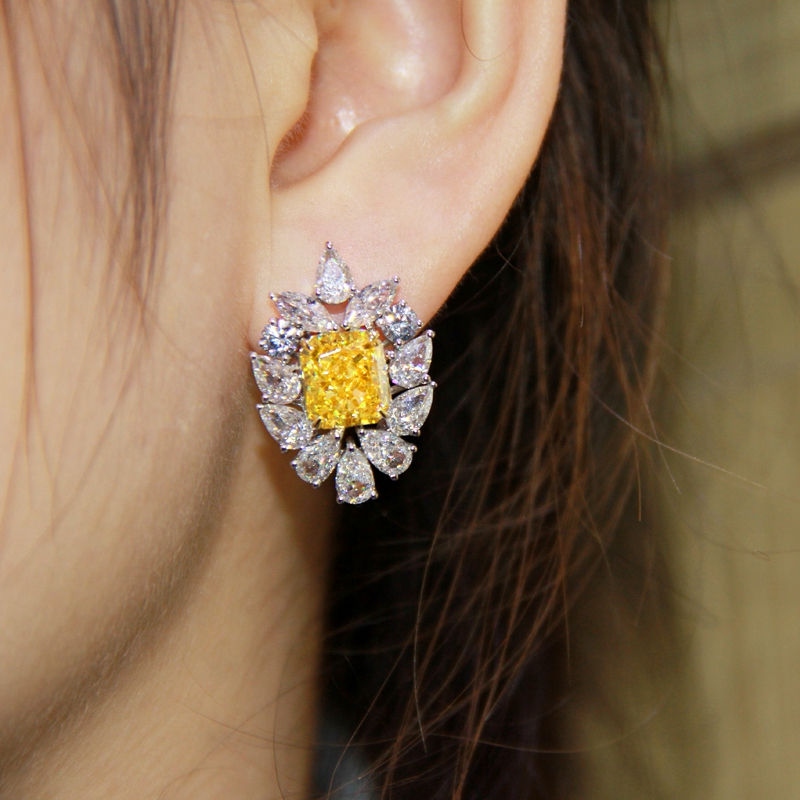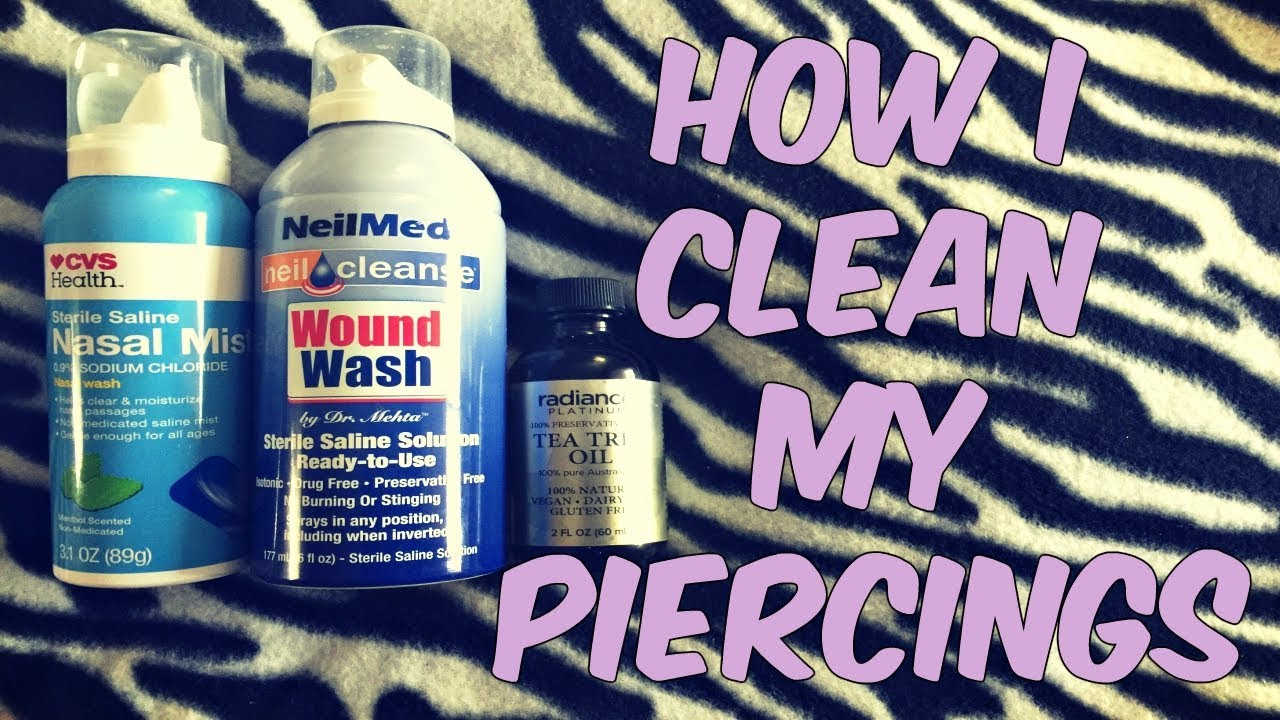Silver is shiny, bright and casts that signature metallic glint we all know and love. It’s timeless and trendy, and universally used in jewelry making. It’s a tensile metal combining both beauty and durability.
Silver will likely never go out of style as it’s been cherished for centuries, with origins of discovery in Greece and Turkey (formerly Anatolia) dating back to 3000 BC. Pure silver is precious but too soft to use in jewelry. Add a little alloy to the mix and voila, you’ve got sterling silver! In addition to sterling 925 silver, there’s also silver plated, pure silver, nickel silver and coin silver.
PURE SILVER
Fine silver, also called pure silver, is the closest you can get to silver in its purest form in jewelry. It’s made of 99.9% silver and .1% other elements.
Fine silver is lustrous and white and can be formed into delicate, beautiful jewelry pieces. But it can easily scratch, change form and lose shape. Because of this, fine silver isn’t recommended in the use of jewelry, except in earrings and pendants or other low-impact areas.
The hallmark, or stamp, for fine silver is .999 or .999FS. This metal is hypoallergenic as silver on its own causes no allergic reactions.
STERLING .925 SILVER
Sterling silver is the quality standard for silver in the United States, Europe, and most world markets. It’s alloy make up is 92.5% silver, and the remaining 7.5% is usually copper.
Other metals have to be added to sterling silver to increase the hardness of the alloy – making it more durable and creating color and luster that entices consumers.
Sterling silver’s appearance is the silver color we are most familiar with. It’s bright and shiny, but it can tarnish. You can delay your sterling silver pieces from tarnishing, but you cannot always prevent it. It’s easy to clean and maintain with cleaners and polishing products.
Jewelry made of sterling silver is stamped with a .925 or 925 STG quality stamp.
SILVER PLATED
It can tarnish easily and will wear off to expose the based metal underneath. Since it’s costume jewelry, it ‘s not required to have a quality stamp but might have manufacturers logo or hallmark.
This base metal product has an extremely thin plating layer of silver applied to the surface. Even when jewelry is described as dined silver plated, the silver content is a tiny percentage.Silver-plated jewelry is typically affordable costume jewelry.
COIN SILVER
Coin silver used to be the more common alloy in the U.S., but now it’s becoming more of a rarity. The name is confusing since technically the “coin silver” alloy is .900 silver or 90% silver and 10% copper.
Despite its name, coin silver was not used to make coins, it was actually named because it used to be made from refined scrap coins. Today monetary coins in America and other most countries no longer contain silver, they’re now made up of more durable, inexpensive base metals.
There are some collectible coins with higher silver content that come with certificates of authenticity. Coin silver jewelry will have a quality stamp of .900.
NICKEL SILVER JEWELRY
Typically used in costume jewelry, nickel silver isn’t actually silver at all. In fact, the word silver here simply refers to its silver-like color and has nothing to do with the metals in its composition.
Most people tend to think nickel silver is a silver alloy but in fact, it contains 60% copper, 20% nickel and 20% zinc. It can be lustrous and bright and very similar in appearance to sterling silver but is, in fact, a nickel alloy.
Nickel silver is easy to shape and craft into elaborate designs. However, it’s not hypoallergenic and should be avoided if you’re sensitive to metal allergies.
This alloy is also sold under many other names: German Silver, Alpaca Silver and Argentan Silver none of which indicate that it’s a nickel alloy, which can be deceiving.
Ten articles before and after
THE DIFFERENCE BETWEEN 925 SILVER AND TITANIUM STEEL
925 silver vs sterling silver vs pure silver: What’s the difference between them?
RHODIUM AND BLACK RHODIUM, SOMETHING NEEDS TO EXPLAIN
REGIONAL CULTURAL CHARACTERISTICS OF CHRISTMAS
REASONS JEWELRY MAKES US BETTER HUMANS
WHAT ARE THE ADVANTAGES OF 316L STAINLESS STEEL JEWELRY?
WHAT IS STAINLESS STEEL JEWELRY?
WHY CAN SENSITIVE SKIN CHOOSE TO WEAR STAINLESS STEEL JEWELRY?

